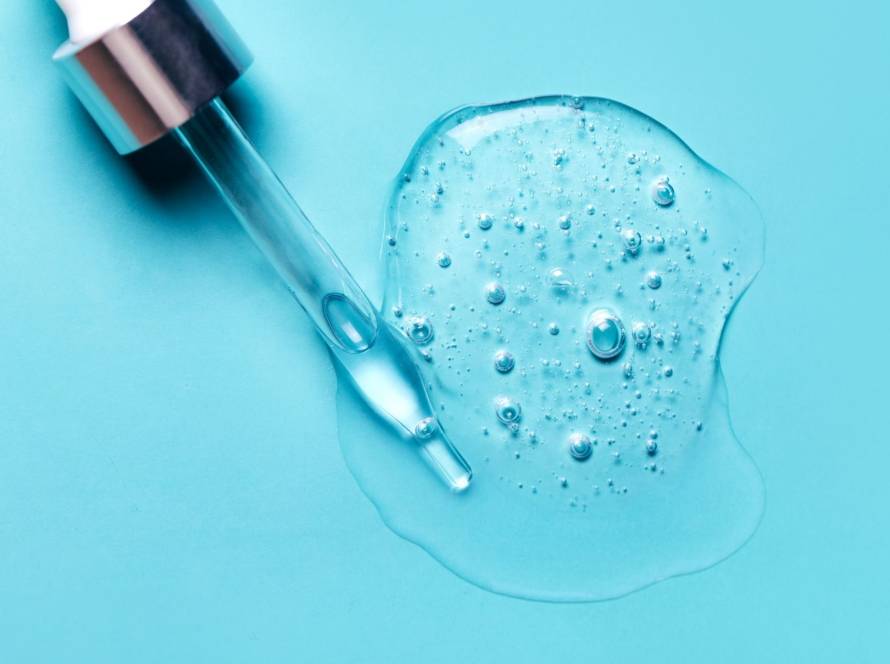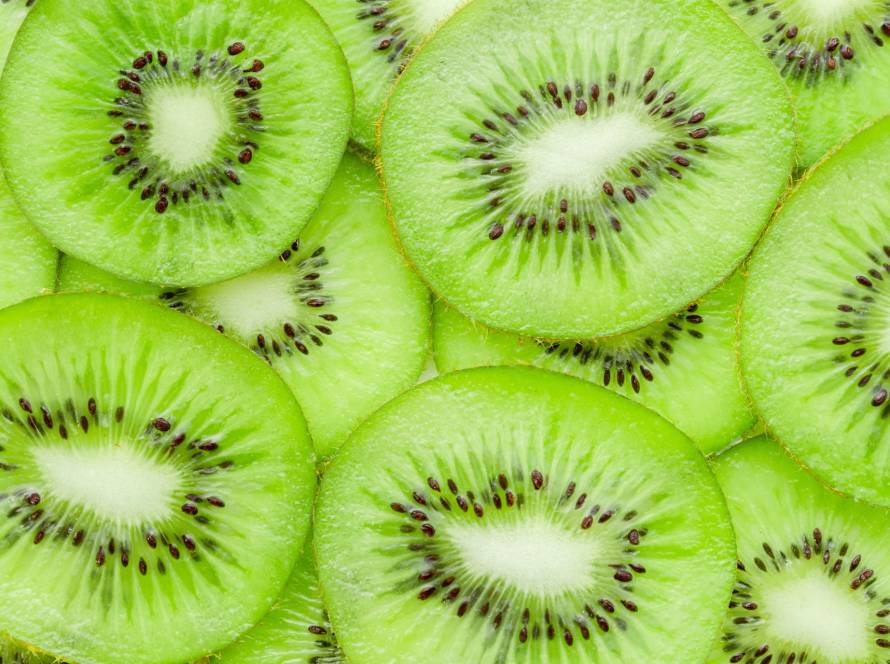NAD+ is a vital molecule that powers over 500 enzymatic reactions in our body and maintains cellular health. Our NAD+ levels drop naturally as we get older. This decline has led people to look for supplements like nicotinamide riboside and nicotinamide mononucleotide that can bring these levels back to normal. People often compare NMN vs NR because both can boost NAD+ levels in different ways. These supplements improve cellular health through distinct conversion processes.
This piece breaks down the science behind these popular NAD+ precursors. Learn about their molecular structures, how our body absorbs them and what research says about their effectiveness.
The science behind NAD+ and its precursors
Nicotinamide adenine dinucleotide (NAD+) stands as one of biologys most fundamental molecules. Scientists first found that there was this remarkable compound in 1906 and NAD+ has proven itself vital to countless biological processes that sustain life. The rising popularity of NMN and NR supplements stems from the fascinating science behind NAD+ itself.
What is NAD+ and why does it matter
NAD+’s role extends way beyond the reach and influence of fermentation, it acts as a vital cofactor in more than 500 enzymatic reactions throughout your body.
NAD+’s significance spans these key cellular functions:
- Energy production: NAD+ carries electrons in redox reactions that power glycolysis, the TCA cycle and oxidative phosphorylation, the foundations of cellular energy generation;
- Cellular signaling: NAD+ provides substrate for enzymes like sirtuins, poly(ADP ribose) polymerases (PARPs) and CD38, which control vital cellular processes;
- DNA repair: NAD+ dependent enzymes maintain genomic stability through DNA repair mechanisms, which becomes more significant as we age;
- Metabolic regulation: NAD+’s interaction with sirtuins influences lipid and glucose balance, mitochondrial function and inflammatory responses.
NAD+ also plays a significant role in controlling gene expression needed for oxidative stress response and mitochondrial biogenesis. This broad involvement makes NAD+ essential to your cells health and function.
How NAD+ levels decline with age
Research consistently shows that NAD+ levels substantially decrease as we get older. Scientists have documented this decline in tissues of all types and organisms, including humans.
Age related NAD+ depletion happens because:
- Increased consumption: our bodys NAD+ consuming enzymes become more active with age, depleting available NAD+;
- Decreased synthesis: NAMPT (nicotinamide phosphoribosyltransferase), our bodys rate limiting enzyme in NAD+ production, becomes less active with age;
- Chronic inflammation: age related inflammation reduces NAMPT mediated NAD+ biosynthesis;
- DNA damage accumulation: age related DNA damage triggers PARP1, which can deplete NAD+ levels by up to 80%;
- Circadian rhythm disruption: our bodys NAD+ synthesis links to circadian rhythms, which often lose regulation with age.
Research points to gender differences in NAD+ decline and some studies show males experience a steeper decrease than females. This age related NAD+ reduction associates with many physiological problems and leads to metabolic disorders, cognitive decline, cardiovascular issues and reduced cellular resilience.
Different body tissues show varying priorities for specific NAD+ precursors. Our liver and kidneys can effectively use all precursors, while skeletal muscle and adipose tissue depend heavily on the salvage pathway. These tissue specific differences in precursor use explain why NMN and NR supplements might work differently in various parts of your body.
NMN vs NR: molecular structure and conversion pathways
The chemical nature of nicotinamide mononucleotide (NMN) and nicotinamide riboside (NR) helps us learn about how these molecules work as NAD+ precursors. These compounds molecular structure directly affects how our bodies absorb, transport and convert them.
Comparing the chemical structures
NMN and NR have striking structural similarities, but a single difference creates a vital functional difference. Both molecules contain nicotinamide (a form of vitamin B3) attached to a ribose sugar, but NMN has an additional phosphate group that NR lacks. This phosphate group makes NMN physically larger and more charged than NR.
You can picture this relationship:
- NR consists of nicotinamide bonded to a ribose sugar;
- NMN is essentially NR with an added phosphate group;
- NAD+ forms when NMN bonds to adenosine monophosphate (AMP).
NMNs phosphate group creates a key difference in how these molecules interact with cell membranes and enter our cells. This also puts NMN one step closer to becoming NAD+ in the biosynthesis pathway.
Steps to NAD+ conversion
NMN and NRs conversion pathways to NAD+ reveal interesting metabolic connections. The conversion process isn’t always as straightforward as it might seem.
NR follows these steps:
- NR enters the cell via specific transporters;
- Once inside, NR is phosphorylated by enzymes called nicotinamide riboside kinases (NRKs) to form NMN;
- This NMN then converts to NAD+ through enzymes called nicotinamide mononucleotide adenylyltransferases (NMNATs).
Research shows that NMN needs only one enzymatic conversion compared to NRs two step process to become NAD+. This makes NMN a more direct precursor to NAD+ in theory.
Cellular transport mechanisms
Scientists actively debate how these molecules enter cells. Two models explain NMNs cellular entry.
The first model suggests cells must convert NMN to NR before entry. Many studies support this view and show that the enzyme CD73 turns extracellular NMN into NR before transport.
The second model emerged after scientists found Slc12a8 as a specific NMN transporter in mice in 2019. This transporter might allow direct NMN uptake without NR conversion. Different tissues show varying Slc12a8 levels, with small intestine having about 100 times more than brain or adipose tissue.
NRs cellular entry works more simply. It enters cells directly through equilibrative nucleoside transporters (ENTs). This simpler transport system might explain why some researchers think NR could be more bioavailable than NMN.
Research evidence: comparing efficacy in studies
Understanding NAD+ precursors in theory is valuable, but lab and clinical research truly shows how well they work. Scientists have studied NMN vs NR in different species under various conditions. These studies are a great way to get insights for anyone considering these supplements.
Animal studies comparing NMN vs NR
Research in animals consistently shows both NMN and NR can boost NAD+ levels, though they work differently. Mouse studies showed NMN supplements improved glucose tolerance, helped control weight gain and protected nerve cells from diabetic damage. NR showed impressive results in mice studies, with brain degeneration, especially in Alzheimer’s models, where it substantially improved memory and brain function.
The research on dosage brought some surprising findings. Lower NMN doses (100 mg/kg) worked better than higher ones (300 mg/kg) for physical activity in certain cases. The same pattern emerged when treating brain damage from lack of blood flow, moderate NMN doses (62.5 mg/kg) produced better results than higher amounts.
Human clinical trials with NR
Scientists have thoroughly tested NR in humans through several key trials. A newer study, published by researchers working with Parkinson’s patients, found that high dose NR (1500 mg twice daily) was safe with no major side effects.
Another study show that people with peripheral artery disease who took NR could walk farther in 6 minute tests after 6 months. The results weren’t all positive though, a study of 40 inactive obese men showed NR (1000 mg twice daily) didn’t affect muscle NAD+ levels or insulin response.
Human clinical trials with NMN
Recent human studies of NMN look promising. Scientists ran a thorough trial with healthy middle aged adults, testing different NMN doses for 60 days. All groups taking NMN showed higher blood NAD+ levels than the placebo group, with 600 mg and 900 mg doses working best..
The participants walking distance improved substantially in all NMN groups. Those taking 600-900 mg showed the biggest gains.
DNA damage protection studies
The clearest comparison comes from DNA damage protection research. One study looked at how NMN and NR protected HeLa cells from cisplatin damage. Both compounds protected the cells, but NR worked better. Notwithstanding that, NMN and NR equally helped repair DNA damage and restored NAD+ levels that cisplatin had depleted.
Many studies confirm these compounds can protect against age related DNA damage through NAD+ dependent processes, though they work through slightly different pathways.
Emerging research on reduced forms and novel precursors
Scientists have discovered new NAD+ precursors that work better than standard NMN and NR supplements. Research shows that reduced forms of these molecules have stronger effects on cellular NAD+ levels.
DNR and NMNH: the next generation
Dihydronicotinamide riboside (DNR) and Dihydronicotinamide mononucleotide (NMNH) are reduced forms of NR and NMN that show great promise in boosting NAD+ levels. These molecules work much better than their oxidized versions.
DNR stands out as a powerful NAD+ booster. Mouse studies show it can increase NAD+ concentrations 2.5–10 times higher than control values. DNR works better than both NR and NMN to boost NAD+ synthesis and researchers haven’t found any bad side effects.
NMNH also shows great results. It raises NAD+ levels faster and about twice as high as regular NMN. Tests on living organisms showed that NMNH quickly raised NAD+ levels in many tissues like kidney, liver, muscle, brain, brown fat and heart.
These reduced forms work better for two reasons. They use different transporters to enter cells than their oxidized versions. DNR delivers more NR into blood plasma than NR alone. They also skip some steps in NAD+ synthesis, which leads to faster conversion.
Combination approaches with other molecules
Scientists are learning about ways to target multiple points in NAD+ pathways at once, instead of using single molecules.
Regular NAD+ precursors don’t deal very well with age related NAD+ decline. They only help with supply, while enzymes like CD38 keep consuming NAD+ as we age. Using strategic combinations might solve these problems.
Flavonoids like luteolinidin, quercetin and apigenin block CD38 at low concentrations. These compounds boost NAD+ levels in tissues and help improve how our body handles glucose and fats.
Other promising combinations include:
- NAMPT activators like resveratrol that help our body make NAD+ from existing precursors;
- AMPK activators that turn on NAD+ producing enzymes;
- PARP inhibitors that stop too much NAD+ from being used up.
Research suggests that using NMN with resveratrol boosts NAD+ levels more than just NMN alone in tissues like brain, heart, kidney and lungs.
We have a long way to go, but we can build on this progress. These multi target approaches might work better to keep NAD+ at good levels as we age by handling both production and consumption at the same time.
Your choice between NMN and NR should depend on your health goals and target tissues. Scientists are learning about combining these compounds with other molecules. Future supplement strategies might benefit from an all encompassing approach to keep optimal NAD+ levels as we age.
Learn more about:


